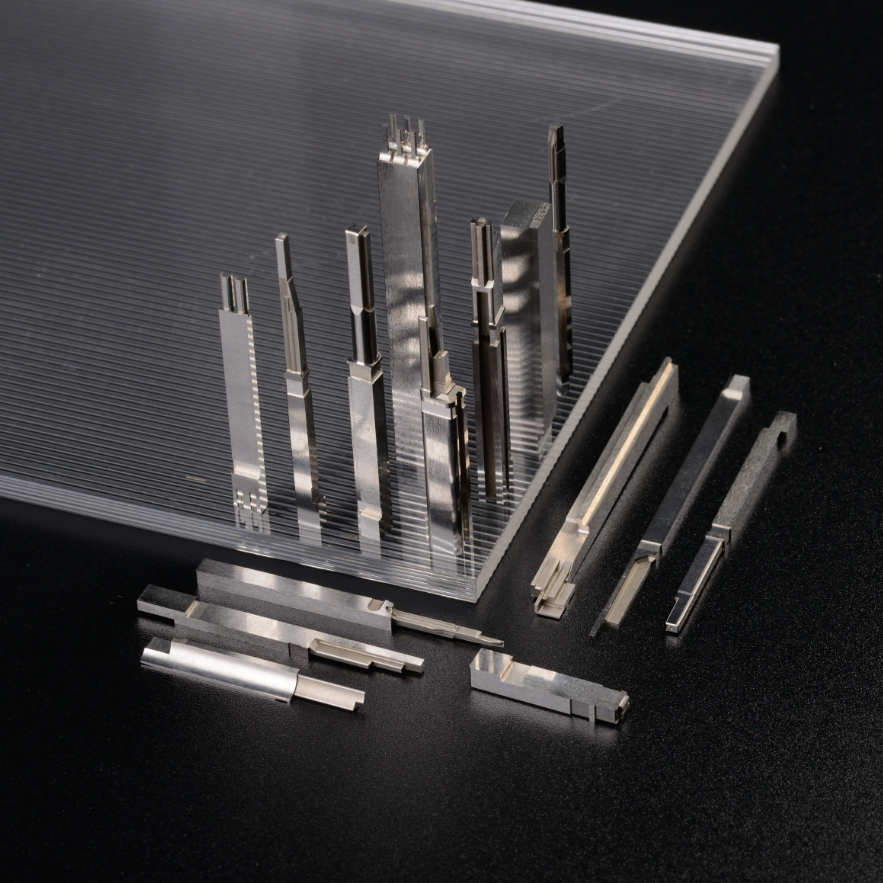Characteristics of the Grinding Process
Grinding is a material removal process that involves the utilization of abrasives to achieve the desired surface finish and dimensional accuracy of a workpiece. It is characterized by several key features that distinguish it from other machining methods.
Firstly, grinding is a precision process that allows for extremely tight tolerances to be achieved. This precision is facilitated by the use of specialized grinding machines equipped with high-precision components such as grinding wheels and spindles. These machines are capable of removing material with great accuracy, often in the range of microns or even sub-microns.
Secondly, grinding is a highly versatile process that can be applied to a wide range of materials, including metals, ceramics, composites, and even some non-metallic materials like plastics and rubber. This versatility makes grinding suitable for various industries, including aerospace, automotive, medical, and electronics.
Another characteristic of grinding is its ability to produce smooth and consistent surface finishes. By controlling factors such as wheel speed, feed rate, and depth of cut, operators can achieve surface finishes ranging from rough to mirror-like. This capability makes grinding ideal for applications where surface quality is critical, such as in precision bearings, automotive engine components, and surgical instruments.
Additionally, grinding is known for its efficiency in removing large amounts of material in a relatively short period. This high material removal rate is achieved through the use of abrasive grains embedded in the grinding wheel, which continuously fracture and expose fresh cutting edges during the grinding process.
Precision and surface roughness are critical aspects of the grinding process, as they directly impact the quality and functionality of the finished workpiece. Achieving the desired precision and surface finish requires careful control of various grinding parameters and consideration of the characteristics of both the workpiece material and the grinding wheel.
Precision in grinding refers to the ability to achieve tight dimensional tolerances and geometrical accuracy in the finished workpiece. This precision is influenced by factors such as the rigidity and stability of the grinding machine, the accuracy of the grinding wheel dressing process, and the skill of the operator. Specialized grinding machines equipped with high-precision components, such as hydrostatic bearings and linear scales, are often used to ensure precise grinding results.
Surface roughness, on the other hand, is a measure of the irregularities or deviations in the surface texture of the workpiece after grinding. It is influenced by factors such as the abrasive grit size and shape, the grinding wheel speed, and the depth of cut. Controlling these parameters allows operators to achieve the desired surface finish, ranging from rough to smooth. Surface roughness is typically measured using techniques such as profilometry or surface roughness testers, with values expressed in terms of Ra (average roughness) or Rz (maximum height of the profile).
The precision and surface roughness achievable in grinding processing depend on the specific requirements of the application and the capabilities of the grinding equipment and tools. For example, applications requiring high precision, such as aerospace components or medical implants, may necessitate grinding processes with tight tolerances and fine surface finishes. In contrast, applications where surface roughness is less critical, such as in some industrial machinery components, may allow for coarser grinding processes with lower precision.
Suitable Processing Range
Grinding finds its suitability across a broad spectrum of applications, particularly where high precision, fine surface finish, and tight dimensional control are essential. It is extensively used in the automotive, aerospace, tooling, medical device, and precision engineering industries. Components such as gears, shafts, bearings, molds, and turbine blades often undergo grinding to meet exacting specifications. Moreover, grinding is preferred for materials that are difficult to machine by conventional methods, such as hardened steels and heat-resistant alloys.





